It’s common knowledge during the high tourist season that the line for entry via the glass pyramid can run two to three hours long. In the hot sun. Not fun. This post will cover how to gain entrance into the Louvre quickly and appreciating its beautiful exterior. The Louvre’s Secret Entrance and its Dazzling Exterior.
The Louvre’s Secret Entrance and its Dazzling Exterior
For a quick entrance, I recommend you purchase your ticket in advance and avoid entry via the pyramid. You can see just a portion of the long pyramid line through the glass in the image below. I was so glad that I wasn’t entering that way!
You can buy your ticket in advance via the web. Tickets are sold by various stores but you must pick up the ticket from the store, NOT the Louvre. For tickets to the permanent collections as well as the special exhibits, the link is HERE.
If you are going to be visiting more than one museum or monument in Paris (Think Orsay Museum, the Eiffel Tower and a good 60 more) then I cannot stress enough to buy the Paris Museum Pass. There are 2, 4 and 6 day passes available. You can buy it at the Louvre, as well as the other museums and monuments, in many Metro stations, various branches of the Paris Tourist Office and online HERE.
If you like planning your Parisian days one at a time, perhaps only have a 6 hour layover, have no desire to wait to enter via the Louvre’s pyramid or are like me and have been to Paris many times and do not have the need to purchase the museum pass then here are the step by step directions to a somewhat secret entrance to the Louvre.
The Louvre is in one word immense. On your way to the secret entrance, you will pass by gold-tipped iron gates. The bearded iris was still blooming beautifully in the enclosed courtyard as I walked by.
How To Get There
My eyes were looking for a deep red canopy which is marked “Le Carrousel du Louvre”. The address is 99 Rue Rivoli.
Once you enter you will walk straight forward and head down an escalator. It is the same escalator you would take to purchase a museum pass.
Walk towards the inverted pyramid. You can’t miss it.
I stopped to admire a beautiful section of the ancient building through the modern glass grid.
From there you can see an entire wall of automated ticket dispensers. While a waiting area was set up (as partially seen on the right) I walked right up to the machines and quickly used my credit card to purchase a one day pass for €13.
Then I just headed towards the entrance. There are signs clearly marked. Again I encountered no waiting to go through security.
While I personally prefer this entrance method there are still people who want to experience entering the museum through the pyramid. So if you find yourself waiting in the gorgeous courtyard then take a good look around. There is a tremendous beauty to be found.
History of the Louvre
I think that most of the world knows that the Louvre is one of the worlds largest museums. (I personally have been three times now and still have not seen everything.) But the Louvre is also a historical monument. The palace was originally built in the late 12th century (the middle ages) as a fortress under Philippe Auguste. (Parts of this are still visible in the basement.)
In 1364, Charles V (the 5th) along with his architect, Raymond du Temple, began transforming the old fortress into a splendid royal residence. This continued on through his successor Charles VI (the 6th). The Louvre then remained dormant for over 100 years.
In 1527 François I began renovating the site. The Renaissance-styled buildings were designed by Pierre Lescot and decorated by Jean Goujon. François I’s château continued to be improved upon under Henri II who added the Salle des Caryatides (Hall of the Caryatids). His sons created The Pavillon du Roi (King’s Pavilion) and housed the king’s private apartments on the first floor. A new, continuous façade was created in the Parisian Renaissance style. This phase was finally completed under Henri IV.
Architecture Style of the Louvre
Catherine de Médicis (wife of King Henry) ordered the building of a new residence known as the Tuileries palace a short distance away (approximately 1640 feet) to the west of the Louvre. Charles IX (the 9th) built the ground floor of the Petite Galerie. It was a small wing which was intended to be a long corridor connecting the Louvre to the Tuileries. This would eventually culminate in Henry IV (the 4th) creating the Grande Galerie. Louis Métezeau was the architect for the east end and Jacques II Androuet du Cerceau for the west.
Louis, Louis
It was the reigns of Louis XIII (the 11th) and Louis XIV (the 14th) that created a major impact on the Louvre and Tuileries palaces. The extension of the west wing of the Cour Carrée was done under Louis XIII as well as the Lescot wing which featured identical decoration and detail. Around 1639 architect Jacques Lemercier installed the monumental Pavillon de l’Horloge (Clock Pavilion), now known as the Pavillon Sully. Anne of Austria, who was mother and regent for young King Louis XIV, created a suite of private apartments on the ground floor of the Petite Galerie. The decoration of the frescoes and ceilings was done by Romanelli and the stucco was by Anguier.
During Louis XIV long reign a new facade was created for the Petite Galerie. The north wing of the Cour Carrée was completed and, between 1661 and 1663 the south wing was extended and included two new pavilions. One was on the eastern end and was symmetrical to the Renaissance Pavillon du Roi, and one in the center. In 1668, the palace was doubled in width and a new façade was constructed overlooking the Seine. All work was done by architect Louis Le Vau who demolished the last vestiges of the medieval Louvre.
The Sun King
Louis the Great, also known as the Sun King, chose the Palace of Versailles to be his home. Several projects went unfinished for many years. But he selected the Louvre as the place to display his royal art collection. The building also first housed the Académie des Inscriptions et Belles-Lettres (A French learned Society devoted to the humanities) beginning in 1692 and the Académie Royale de Peinture et de Sculpture (Royal Academy of Painting and Sculpture). The latter of which held the first series of exhibitions in 1699 in the Grand Galerie. From 1725 the exhibits were held in the Salon Carré (Square Salon) and henceforth known as the “Salon”. (For the non-artsy, in a nutshell, the salons hosted by academies and their official art exhibitions, were extremely difficult for artists to gain entrance to. It could make or break one’s career.)
A Museum For the World
Louis XV (the 15th) resumed construction in 1756 which had begun under Louis XIV. Hitting fast forward in history the palace survived the French Revolution (1789~1799 oh no, the guillotine!). The National Assembly decreed that the Louvre should be used as a museum for the nation’s masterpieces. It began with just 537 pieces of art. The collection was expanded under Napoleon Bonaparte’s reign. Subsequent rulers, generous donations and gifts have increased the size of the museum slightly and created the staggering art collection to what it is today.
The Glass Pyramid
The Louvre will probably always be a work in progress. It is very close to a rectangular structure. The Sully Wing is to the east and contains the square Cour Carrée and the oldest parts of the Louvre. There are two wings which wrap the Cour Napoléon: the Richelieu Wing to the north and the Denon Wing, which borders the Seine to the south. Once inside the museum, you will quickly appreciate the vast size. The glass pyramid was designed by architect I.M. Pei and completed in 1989. La Pyramide Inversée (The Inverted Pyramid) was finished in 1993.
For a complete (and if you can believe even more complete) history visit the Louvre’s website HERE.
The Louvre is located on the right bank of the Seine river in the 1st arrondissement. Musée du Louvre, 75058 Paris – France
The Louvre is open every day (except Tuesday) from 9 a.m. to 6 p.m.
Night opening until 9:45 p.m. on Wednesdays and Fridays
Closed on the following holidays: January 1, May 1, December 25
Enjoy the beauty!
Laura
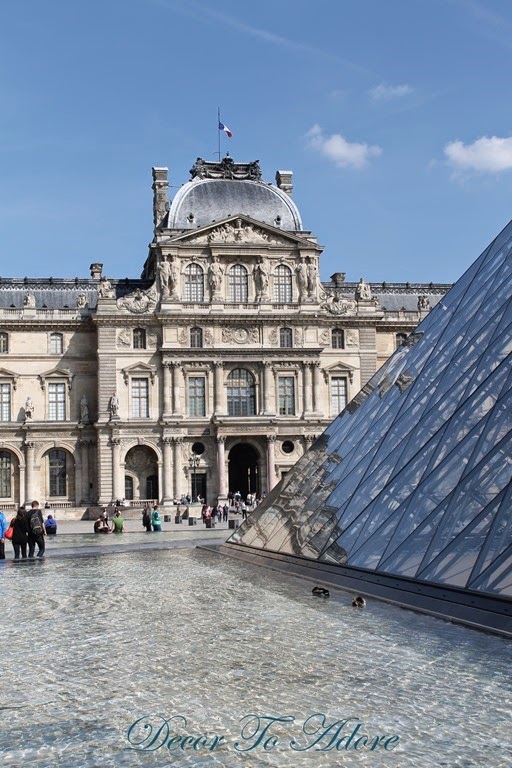
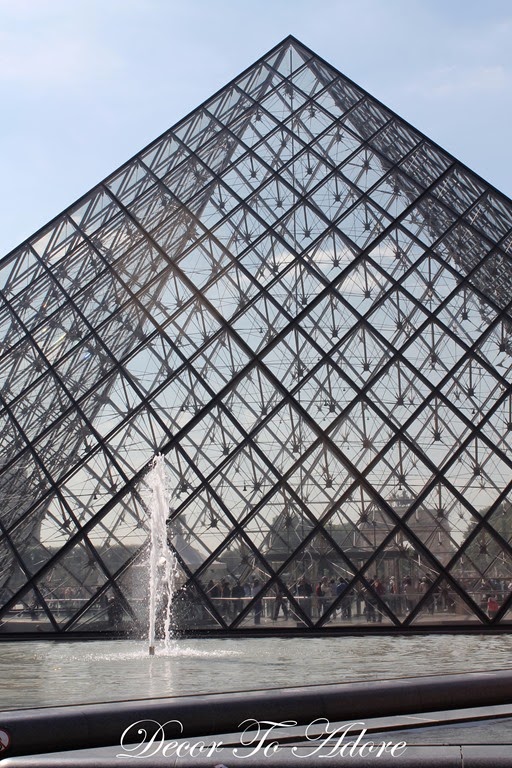

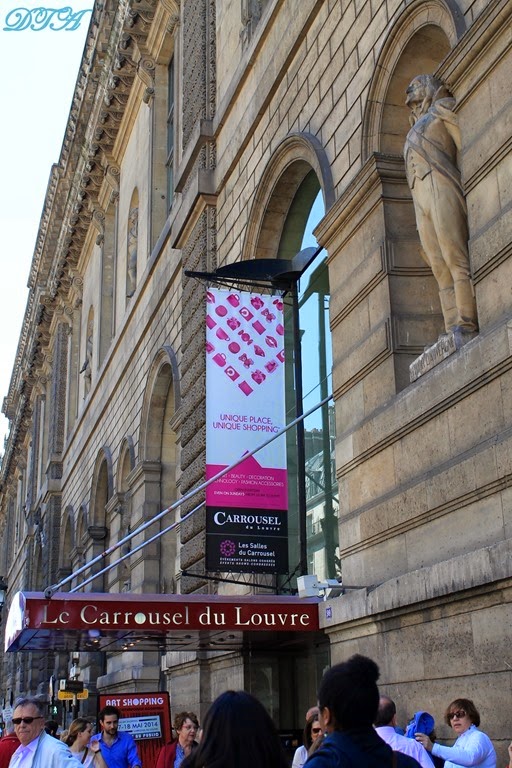
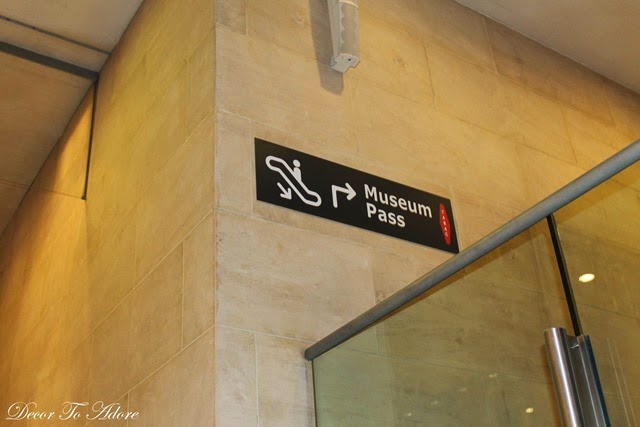
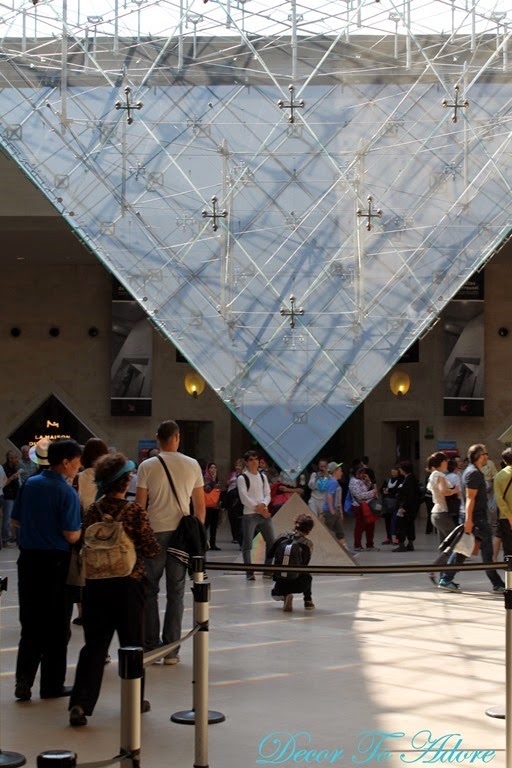
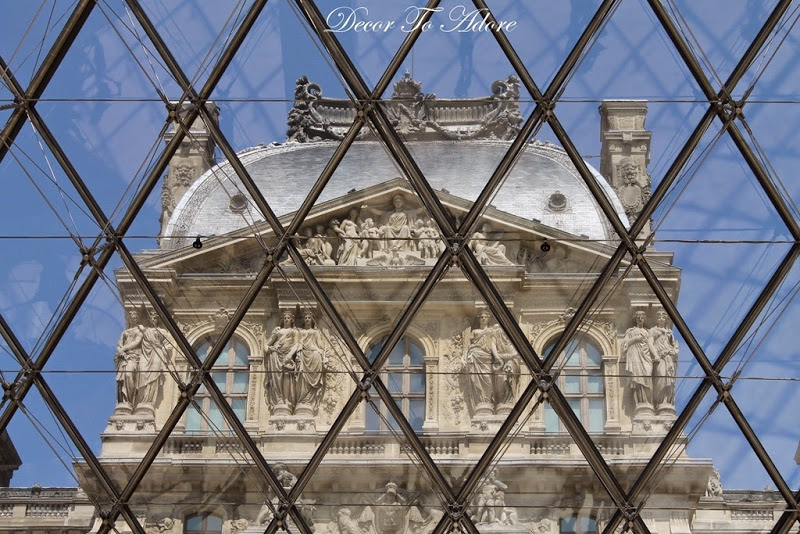
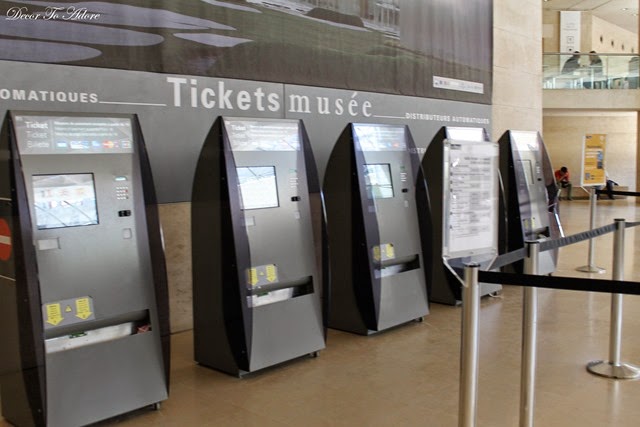
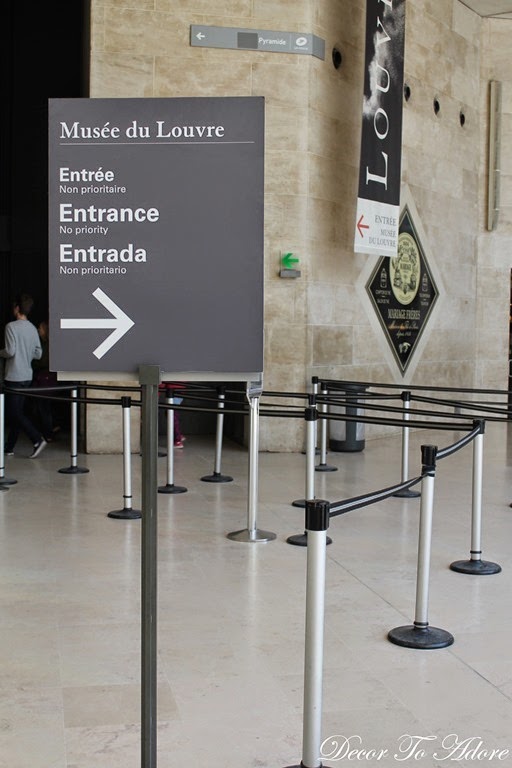
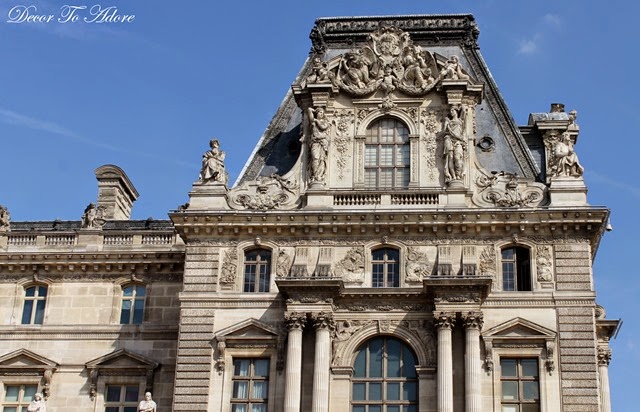

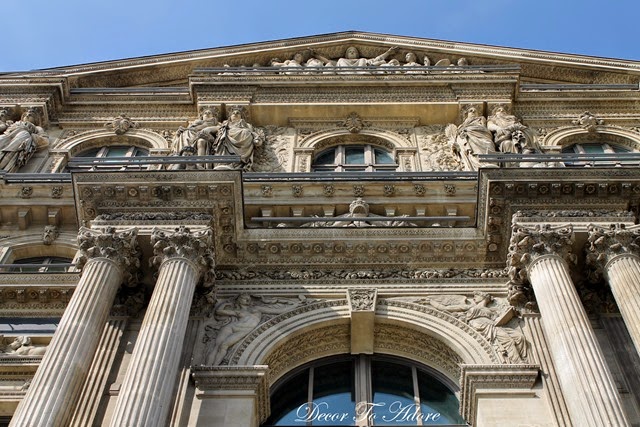
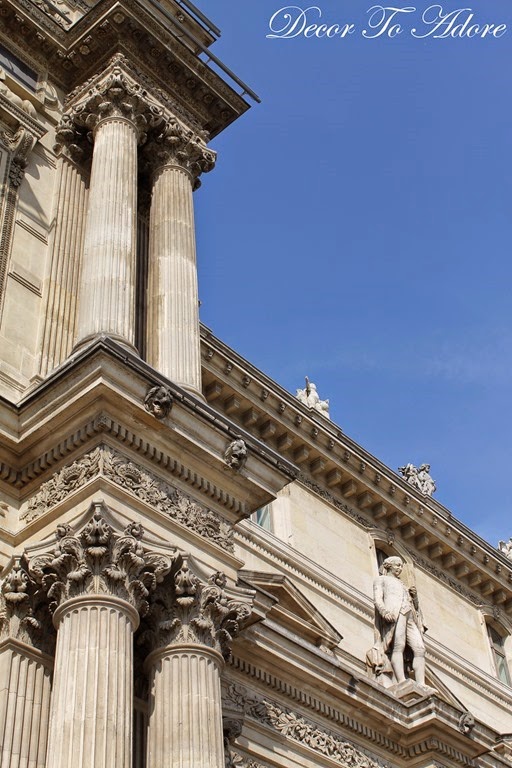
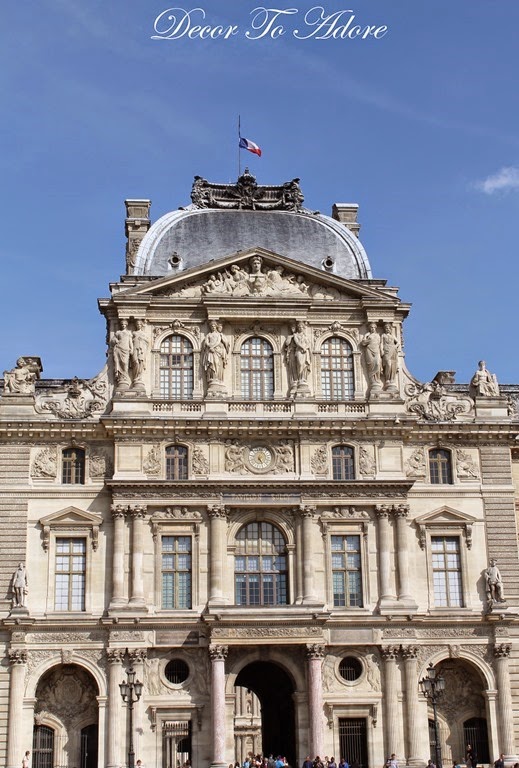
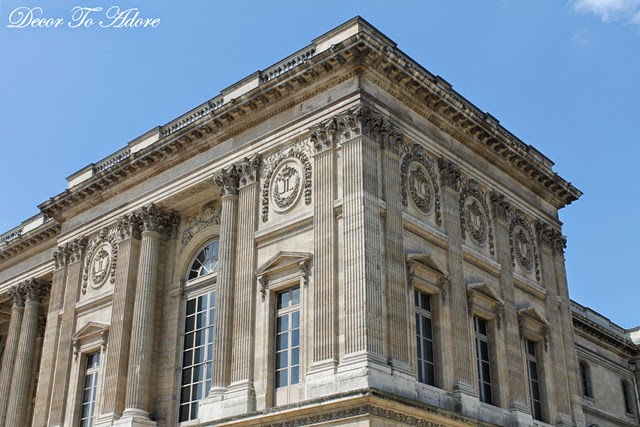
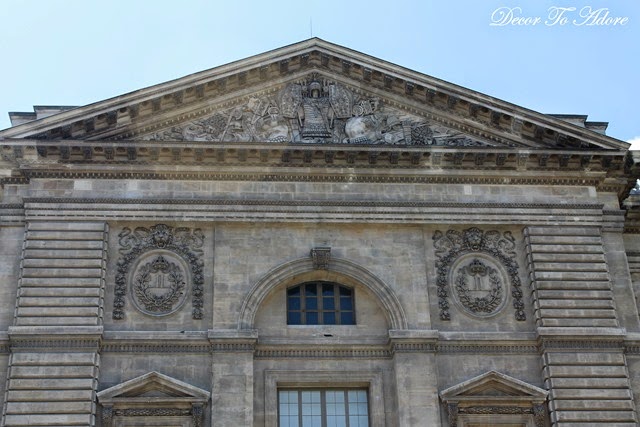
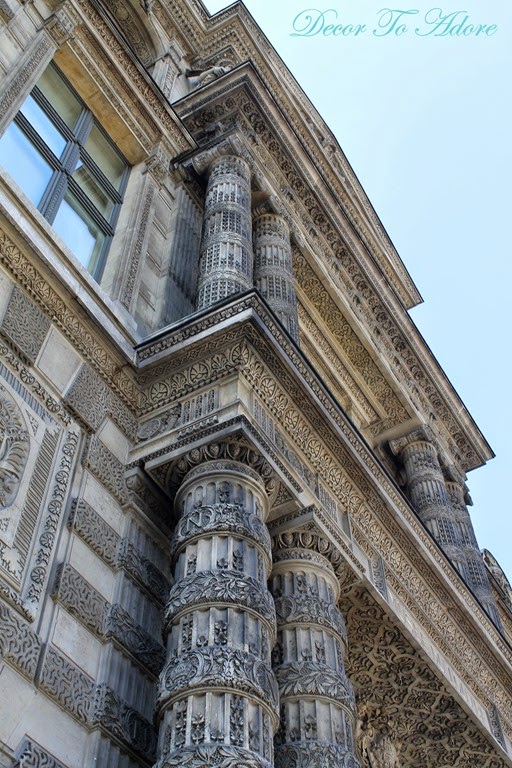
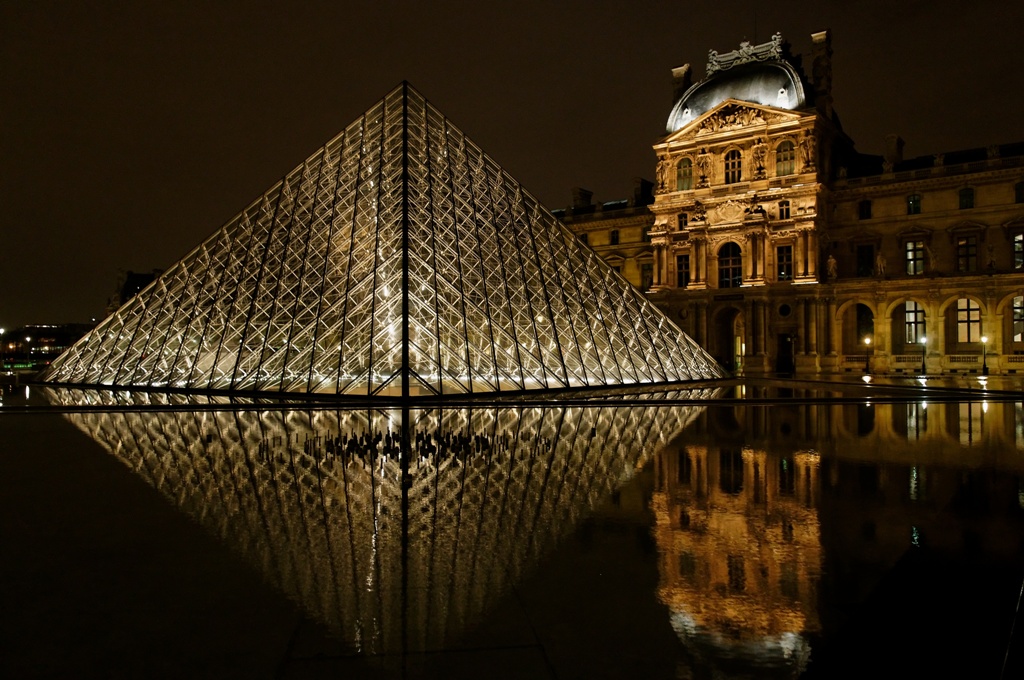
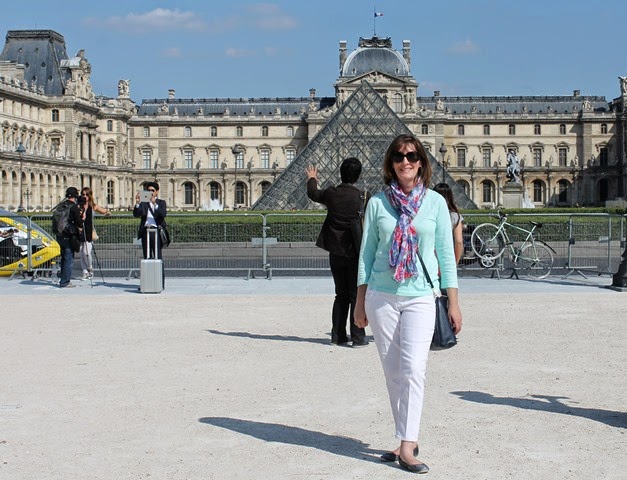
Oh goodness, you are such a great Paris guide. I am so enjoying your beautiful pictures.
Wow. The size of those buildings and the architecture is just stunning. Your outfits works pretty well too. 🙂
I like ho
Oh my how beautiful it all is, thanks for the tour 😉
Smiles~
Mari
All I can say is “Wow” I will be printing your guides and using them IF I ever get to France. Thank you so much for the wonderful journey I am so enjoying while I sit in my favorite arm chair.
Joyously,
Betty @ My Cozy Corner
Laura, thanks for the memories of Paris. Many years ago, I laughed when my husband called to say he was going to go to Paris! To which I replied, “Paris, Texas?” His reply was “France” and I was determined I'd go, too. How thrilled I still am, that we were able to enjoy a few days exploring together and I felt comfortable (most of the time) when I was alone and shopping. Your photos are fabulous and I enjoyed reading the way you planned your packing.
The Museum Pass is a great deal if one wants to see a lot in Paris. And there is a special entrance for that, too, not through the glass pyramid. The Louvre is an amazing place and so rich in history. Thanks for all the research that you've done and writing it up.